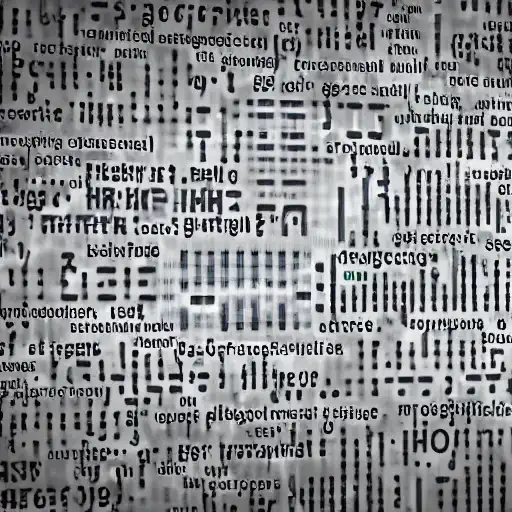
August 4th, 2023
Welcome back to our Advanced Machine Learning series! In this blog post, we'll delve into the world of Convolutional Neural Networks (CNNs), a groundbreaking advancement that has transformed the field of computer vision.
What are Convolutional Neural Networks?
Convolutional Neural Networks (CNNs) are a class of deep neural networks designed to process and analyze visual data, such as images and videos. Unlike traditional neural networks, which treat input data as flat vectors, CNNs preserve the spatial structure of the data, making them particularly well-suited for tasks that involve grid-like structures, like images.
Key Features of CNNs
- Convolutional Layers: The primary building blocks of CNNs are convolutional layers. Each convolutional layer consists of multiple filters (also called kernels) that slide over the input data, performing element-wise multiplications and summing up the results to create feature maps. These feature maps highlight important patterns and features in the input data, such as edges and textures.
- Pooling Layers: Pooling layers are used to reduce the spatial dimensions of the feature maps while retaining their essential information. Common pooling operations include max pooling and average pooling, which help decrease the computational complexity and prevent overfitting.
- Activation Functions: Activation functions, such as ReLU, are applied after the convolution and pooling operations to introduce non-linearity and allow the CNN to model complex relationships within the data.
- Fully Connected Layers: After several convolutional and pooling layers, the extracted features are flattened and passed through fully connected layers. These layers perform the final classification or regression tasks based on the learned representations from earlier layers.
- Transfer Learning with Pre-trained Models: CNNs often require substantial computational resources and data to train from scratch. Transfer learning comes to the rescue by leveraging pre-trained models trained on large image datasets like ImageNet. By fine-tuning these models on specific tasks, we can achieve excellent performance even with limited data.
Implementing a CNN with Julia and Flux.jl
Let's get hands-on and build a simple CNN for image classification using Julia and Flux.jl. For this example, we'll use the MNIST dataset, a popular benchmark for handwritten digit recognition.
# Load required packages
using Flux
using Flux.Data.MNIST
using Flux: onehotbatch, onecold
# Load the MNIST dataset
train_imgs, train_labels = MNIST.traindata()
test_imgs, test_labels = MNIST.testdata()
# Preprocess the data
train_X = permutedims(train_imgs[:, :, :, 1:50000], [3, 4, 2, 1]) / 255
train_Y = onehotbatch(train_labels[1:50000], 0:9)
test_X = permutedims(test_imgs[:, :, :, 1:10000], [3, 4, 2, 1]) / 255
test_Y = onehotbatch(test_labels[1:10000], 0:9)
# Define the CNN architecture
model = Chain(
Conv((3, 3), 1 => 16, relu),
MaxPool((2, 2)),
Conv((3, 3), 16 => 32, relu),
MaxPool((2, 2)),
x -> reshape(x, :, size(x, 4)),
Dense(800, 10),
softmax
)
# Define a loss function
loss(x, y) = Flux.crossentropy(model(x), y)
# Train the model using Flux's built-in optimizer
opt = ADAM(0.001)
Flux.train!(loss, params(model), zip(train_X, train_Y), opt)
Conclusion
Convolutional Neural Networks have brought about a revolution in the field of computer vision, enabling remarkable progress in image recognition tasks. In this blog post, we've explored the key features of CNNs and built a simple image classifier using Julia and Flux.jl.
In the next blog post, we'll shift our focus to Recurrent Neural Networks (RNNs), which are specialized for sequential data and have applications in natural language processing and time series analysis. Get ready to unlock the power of sequence data with RNNs! Stay tuned for more exciting content on our Advanced Machine Learning journey!